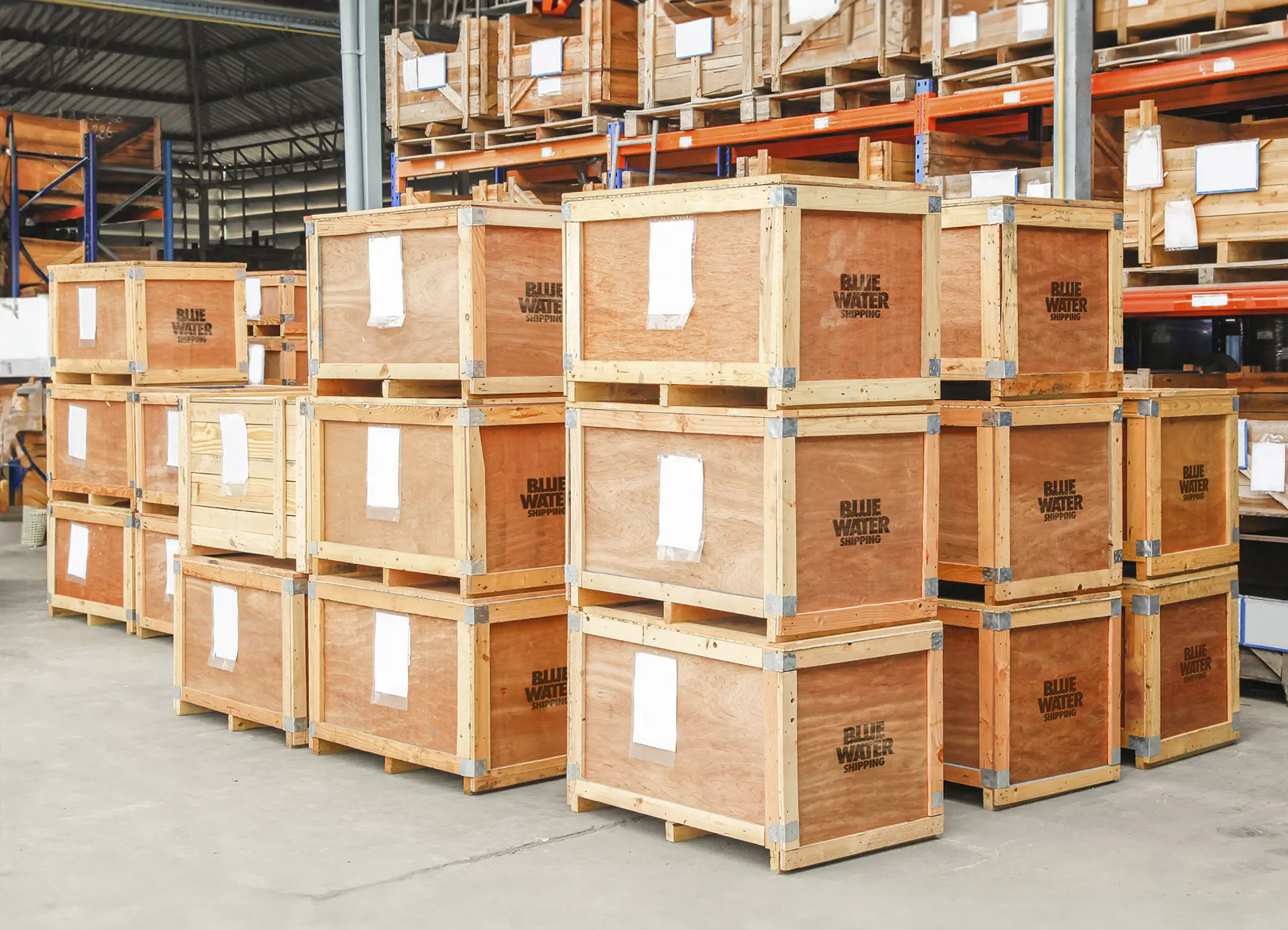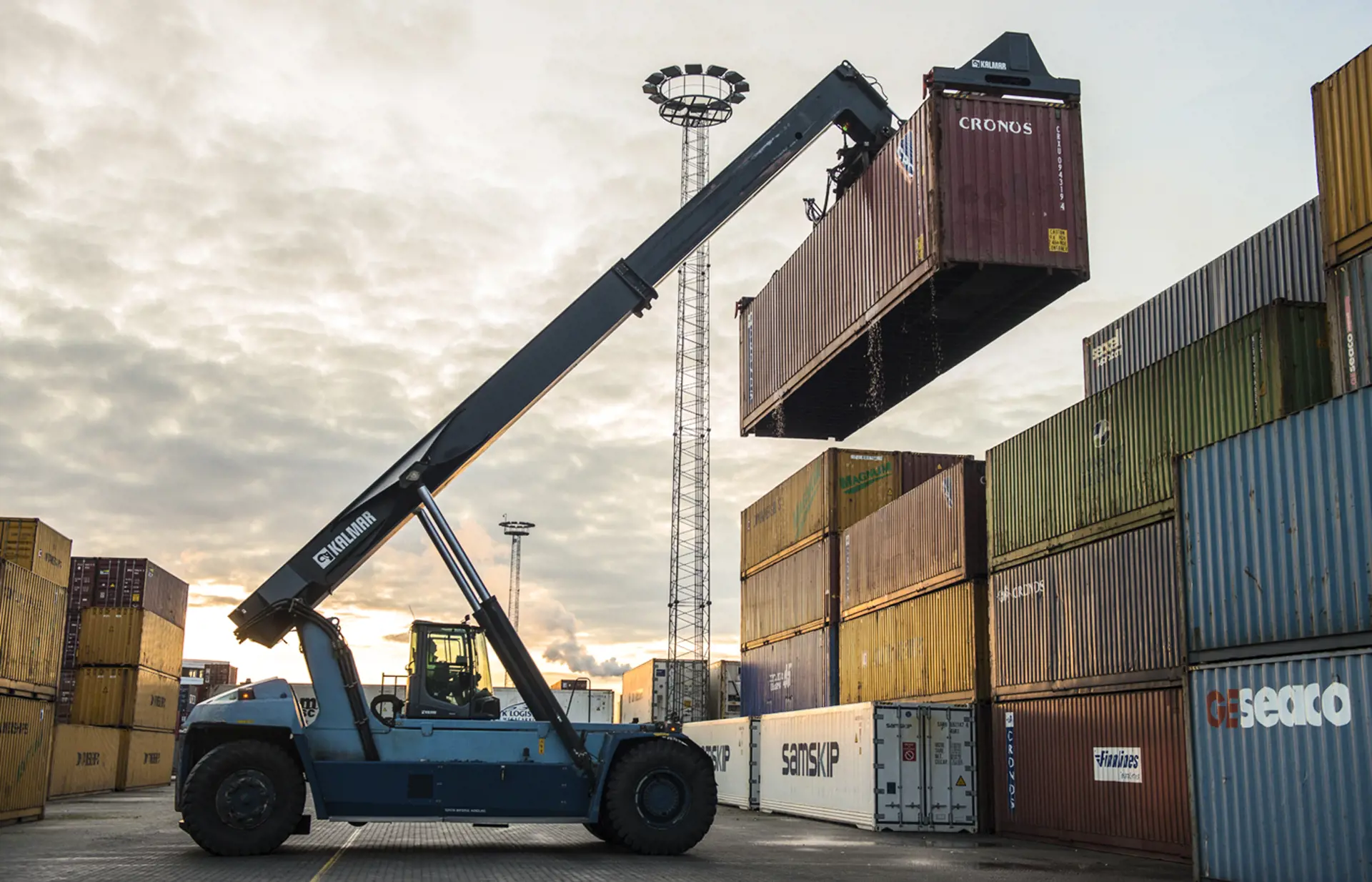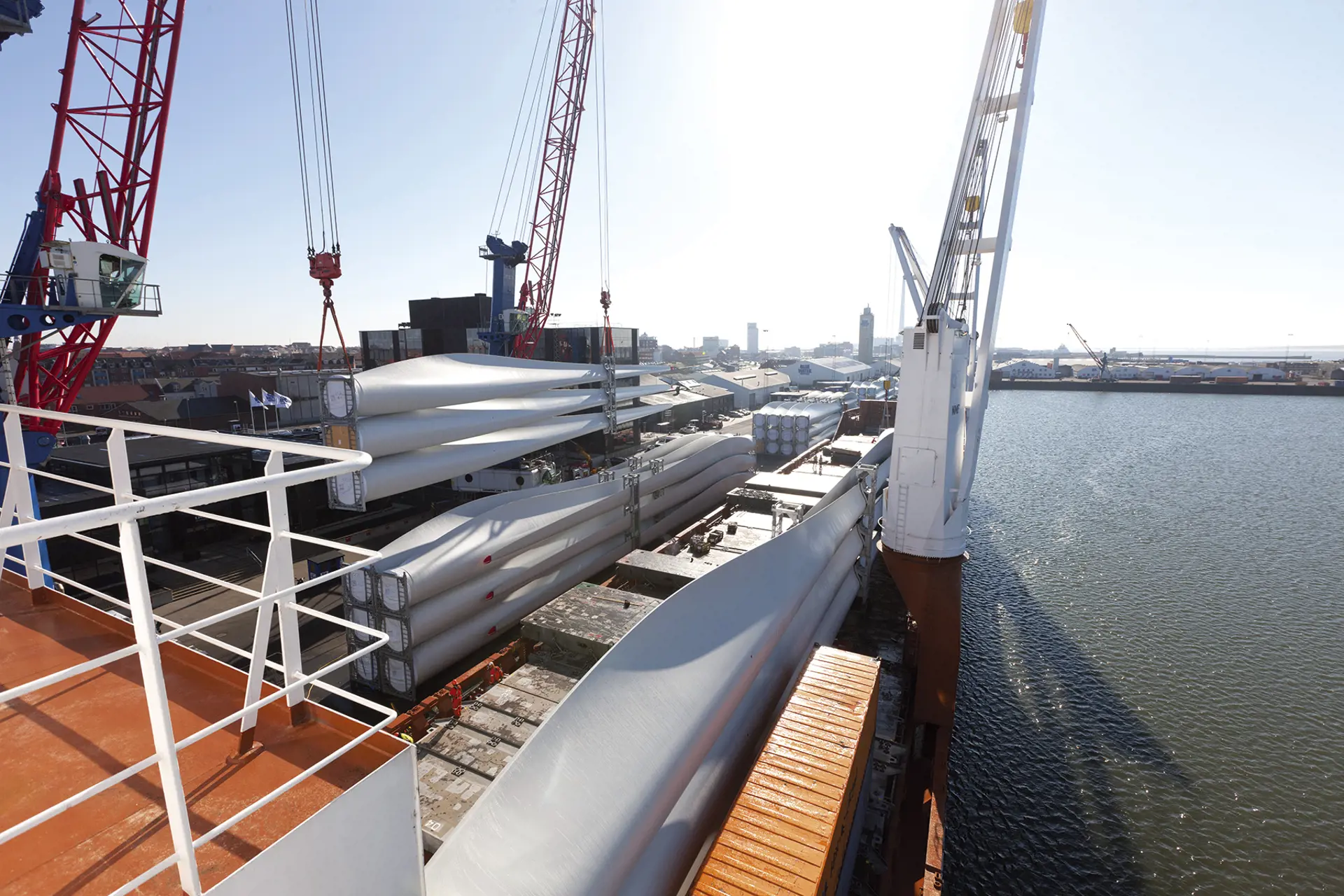Are you aware of requirements for the handling of wooden packaging?
Blog
By using wood packaging that is approved and treated according to international standards, the risk of introducing pests is minimised
Being an exporter, are you aware that a number of countries have requirements for the treatment of wood packaging? These requirements have been introduced in the context of growing global trade, which increases the risk of plant pests being transported across countries. By using wood packaging that is approved and treated according to international standards, the risk of introducing pests is minimised.
Export of wood packaging
Today, many countries require wood packaging to be ISPM 15 labelled, while some countries have additional requirements for pressure impregnation, bark-free or new packaging. The international standards apply when transporting wood packaging outside the EU.
In addition, some countries require a phytosanitary certificate, which must be issued by the exporting country's phytosanitary authorities. In countries where ISPM 15 labelling is already required, no additional phytosanitary certificates are required. Requirements for the treatment of wooden packaging can vary from country to country.
What is ISPM 15?
ISPM 15 is an international guideline for the manufacture and handling of wood packaging. Once certified, companies are allowed to label the packaging with an internationally recognised mark indicating that the wood has been processed according to the requirements.
The standards are designed to prevent the spread of plant diseases or pests across borders. The wood packaging is heat-treated in order to eliminate pests and eradicate plant diseases. During the treatment, the wood is heated to a temperature that kills pests and plant diseases.




